Bugak Skyway Palgakjeong Pavilion (북악스카이 팔각정)
1.7 Km 59646 2022-12-26
267, Bugaksan-ro, Jongno-gu, Seoul
+82-2-725-6602
Bugak Skyway Palgakjeong Pavilion exudes a tranquil, serene beauty regardless of the season. The pavilion, which sits on Bugaksan's 1,652,900 square meter summit at an altitude of 345 meters, was built in a traditional Korean-style and became a popular attraction within the city. There are also spaces for visitors to enjoy food and drinks.
CheongKwanJang - Hongje Branch [Tax Refund Shop] (정관장 홍제)
1.7 Km 0 2024-04-16
1F, 405, Tongil-ro, Seodaemun-gu, Seoul
-
LG Best Shop - Hongje Branch [Tax Refund Shop] (엘지베스트샵 홍제점)
1.8 Km 0 2024-04-18
413, Tongil-ro, Seodaemun-gu, Seoul
-
Olive Young - Hongje Station Branch [Tax Refund Shop] (올리브영 홍제역점)
1.8 Km 0 2024-04-17
1F, and 2F, 446, Tongil-ro, Seodaemun-gu, Seoul
-
Gyeongbokgung Palace Special Evening Admission (경복궁 야간 특별관람)
1.8 Km 760 2022-03-24
161, Sajik-ro, Jongno-gu, Seoul
• 1330 Travel Hotline: +82-2-1330 (Korean, English, Japanese, Chinese) • For more info: +82-2-3700-3900~1
The special evening admission to Gyeongbokgung Palace takes place for a limited time every year. Visitors can purchase tickets for this special evening program online.
Jalppajin Memil Seochon Main Store (잘빠진메밀 서촌)
1.8 Km 187 2024-03-18
4 Jahamun-ro 11-gil, Jongno-gu, Seoul
+82-70-4142-1214
Jalppajin Memil is a traditional Korean restaurant in Seochon where you can enjoy buckwheat noodles, boiled pork slices, and unrefined rice wine. They use 100% buckwheat for their noodles, which are kneaded using a cold water machine and served either mixed with seasoning and sprouts or dipped in broth. Pairing "Jalppajin sulsang" with unrefined rice wine is recommended for a delightful dining experience.
GOGHI (고희)
1.8 Km 51 2021-03-26
17, Jahamun-ro 12-gil, Jongno-gu, Seoul
+82-2-734-4907
A good café to have a meal as it has a brunch menu as well as drinks. This cafe is located in Jongno-gu, Seoul. The representative menu is americano.
Vestis - Gyeongbokgung Branch [Tax Refund Shop] (베스티스 경복궁)
1.8 Km 0 2024-04-18
1F, 17, Jahamun-ro 12-gil, Jongno-gu, Seoul
-
Sukjeongmun Gate (북악산 숙정문)
1.8 Km 21523 2020-06-19
1, Daesagwan-ro, Seongbuk-gu, Seoul
+82-2-747-2152
Of the Four Great Gates (Sukjeongmun, Namdaemun, Dongdaemun, and Seodaemun), established by King Taejo in 1396, Sukjeongmun is called the north gate.
Located to the north of Seoul, this gate, with Gyeongbokgung Palace in the center and Changaemun (Jahamun) to the right, make up the wings of the north gate. Due to the possible danger of the area being damaged from all the pedestrians, the king in 1413 planted pine trees and prohibited passing this area. Henceforth, Sukjeongmun became a scenic walkway until the North Korean Communist infiltration of 1968, which prohibited the passing of all civilians.
The reopening of Sukjeongmun in April of 2006 has led to the opening of Bugaksan Mountain in April of 2007 and is in the process of dividing it into 3 courses. Bugaksan Mountain has been kept well-preserved due to a long period of restriction in this area, and if you climb the mountain, you will be able to see all of Seoul.
Inwangsa Temple (인왕사 (서울))
1.8 Km 14328 2020-04-02
16-1, Tongil-ro 18ga-gil, Jongno-gu, Seoul
+82-2-737-4434
Inwangsa Temple refers to the entire cluster of small Buddhist temples located on Inwangsan Mountain (alt. 338m) in the heart of Seoul. The eastern foot of the mountain has many scenic spots with its distinctively cozy and tasteful atmosphere, and the northern area called Mugye-dong also offers beautiful scenery. Inwangsa Temple was established in the early Joseon period (1392-1910) to guard the national palace Gyeongbokbung. The temple is comprised of 11 shrines from five different Buddhist orders. The unique design of each shrine adds pleasure to hikers on their way up to Seonbawi, an unusual rock formation that is a site of many folk beliefs and shamanist rites.
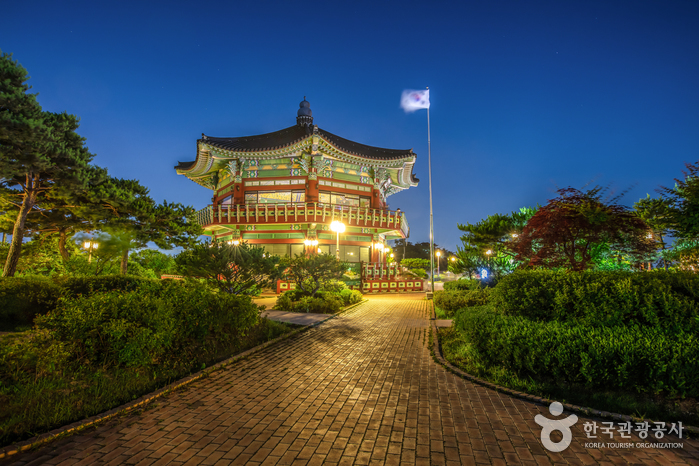
![CheongKwanJang - Hongje Branch [Tax Refund Shop] (정관장 홍제)](http://tong.visitkorea.or.kr/cms/resource/34/2889534_image2_1.jpg)
![LG Best Shop - Hongje Branch [Tax Refund Shop] (엘지베스트샵 홍제점)](http://tong.visitkorea.or.kr/cms/resource/85/2890285_image2_1.jpg)
![Olive Young - Hongje Station Branch [Tax Refund Shop] (올리브영 홍제역점)](http://tong.visitkorea.or.kr/cms/resource/16/2888016_image2_1.jpg)
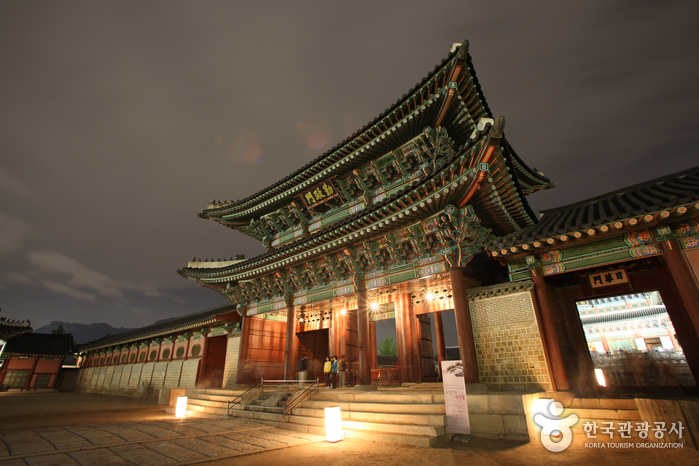

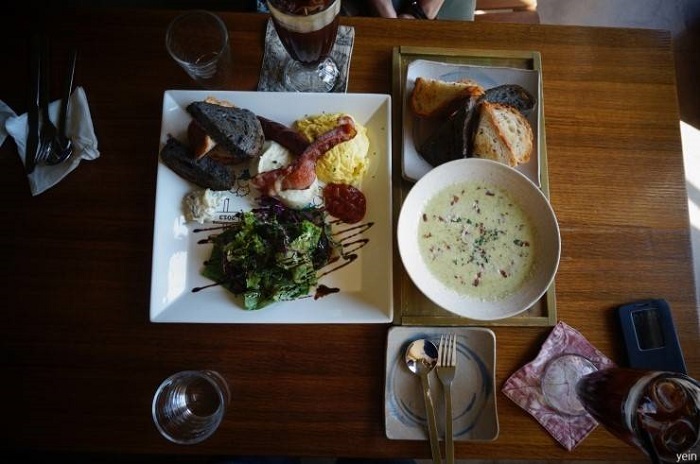
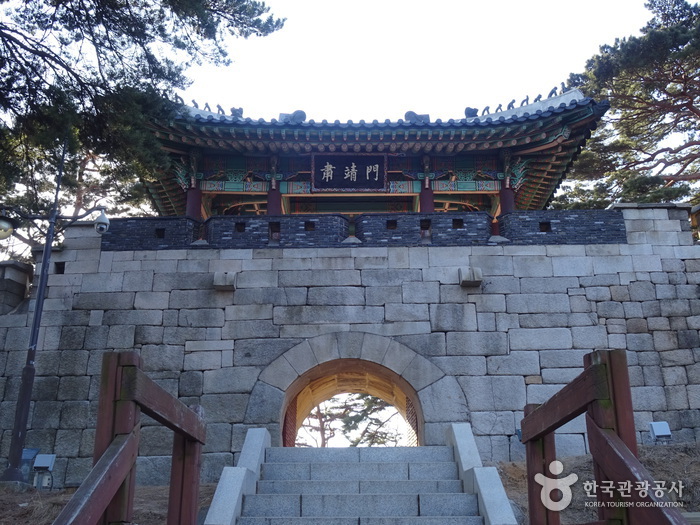
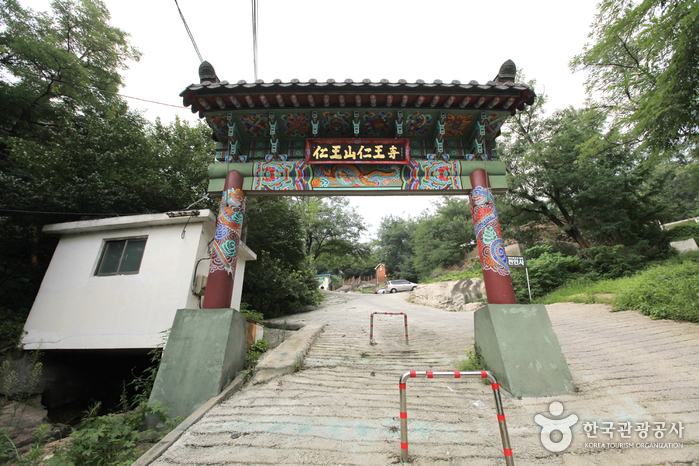
 English
English
 한국어
한국어 日本語
日本語 中文(简体)
中文(简体) Deutsch
Deutsch Français
Français Español
Español Русский
Русский